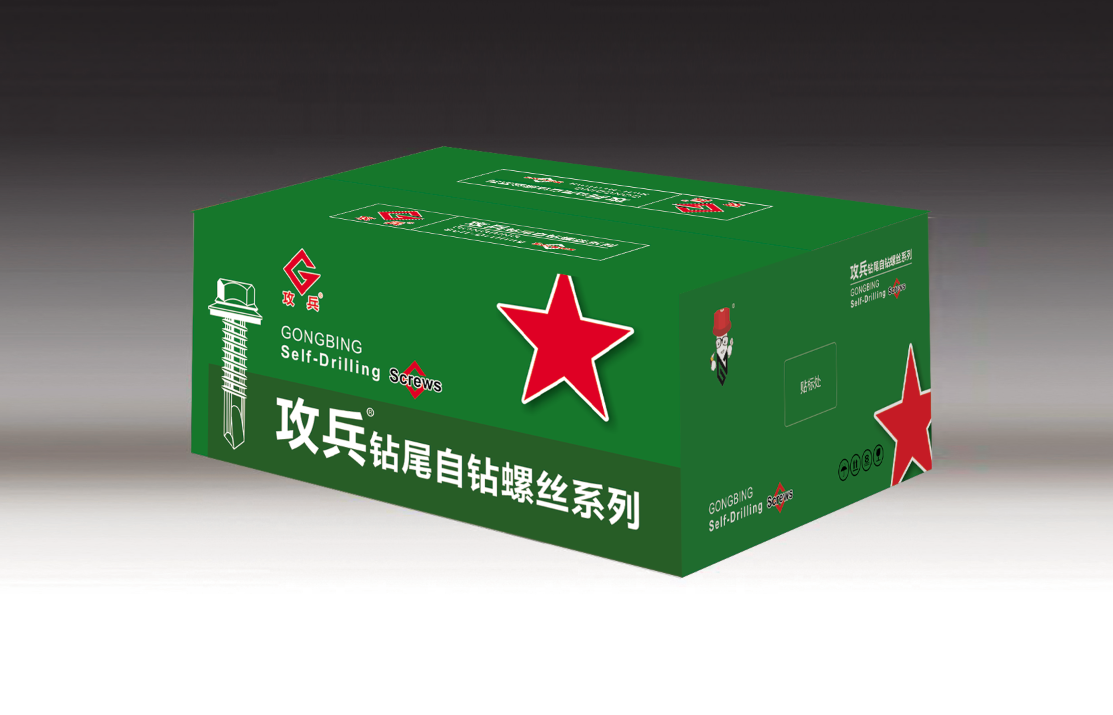insulation nails
Understanding Insulation Nails A Key Component in Energy Efficiency
In the world of construction and home improvement, energy efficiency is paramount. One often-overlooked yet crucial aspect of ensuring optimal insulation in buildings involves the use of specific materials and tools designed to enhance insulation practices. Among these tools, insulation nails play a significant role. In this article, we delve into what insulation nails are, their applications, benefits, and some best practices for their use.
What Are Insulation Nails?
Insulation nails are specialized fasteners designed to securely attach insulation materials to various substrates, such as wood, concrete, and steel. Crafting an effective insulation layer is essential for maintaining comfortable indoor temperatures, reducing energy consumption, and enhancing the overall performance of a building’s HVAC system. Insulation nails are typically made from durable materials like steel and may feature a plastic or rubber washer to create a more effective seal around the insulation material, preventing air leaks.
Applications of Insulation Nails
Insulation nails find their primary application in both residential and commercial construction. Here are a few specific scenarios where insulation nails are essential
1. Roof Insulation In flat roof constructions, insulation boards need to be secured to the roof decking. Insulation nails hold these boards in place, providing stability against wind uplift and preventing thermal bridging.
2. Wall Insulation In walls where insulation material is not adhered, insulation nails help fasten batts or boards to the framing, ensuring that there are no gaps or compressions that could lead to insulation failure.
3. Basement Insulation Insulating basement walls is crucial for maintaining warmth in the house. Insulation nails can be used to affix rigid insulation panels to concrete walls, keeping moisture from getting trapped while ensuring effective thermal performance.
Benefits of Using Insulation Nails
1. Enhanced Thermal Performance The primary purpose of insulation nails is to maintain the integrity of insulation installations. Proper use of these nails minimizes gaps, which can otherwise lead to significant heat loss or gain, thereby enhancing the building’s energy efficiency.
insulation nails

2. Quick and Easy Installation Insulation nails facilitate a relatively straightforward installation process. Unlike adhesive methods that can be messy and time-consuming, using insulation nails speeds up the application, especially over large areas.
3. Cost-Effectiveness Investing in insulation nails can ultimately save homeowners and builders money by significantly reducing energy costs over time. Enhanced insulation assists in maintaining indoor temperatures, leading to lower heating and cooling bills.
4. Versatile Application Insulation nails are versatile and can be used across a variety of materials and applications, making them an essential tool for both DIY enthusiasts and professional contractors.
Best Practices for Using Insulation Nails
To maximize the effectiveness of insulation nails, consider the following best practices
1. Choose the Right Size and Type Insulation nails come in various lengths and types. Ensure you select nails that are appropriate for the thickness of your insulation and the substrate you are fastening to.
2. Pre-Drill When Necessary While many insulation nails can be driven into materials like wood easily, some substrates, such as concrete, may require pre-drilling to achieve the best result.
3. Space Nails Properly Following manufacturer recommendations, space insulation nails adequately to ensure that the insulation remains firmly in place without any sagging or shifting. Generally, nails should be placed about 12 inches apart, depending on the insulation type.
4. Inspect Installation After installation, always check to ensure that the insulation is snugly secured without any gaps or loose areas. Any missed spots can contribute to thermal inefficiencies.
Conclusion
In conclusion, insulation nails are a vital component in optimizing energy efficiency for both new constructions and renovations. By ensuring that insulation materials are securely and effectively fastened, these simple fasteners pave the way for reduced energy bills, improved comfort, and a smaller carbon footprint. Whether you’re a seasoned contractor or a homeowner looking to enhance your property, understanding and utilizing insulation nails properly will contribute significantly to your project's success in energy efficiency and overall performance.
-
Weatherproof Plastic Expansion Anchors for OutdoorNewsJun.06,2025
-
Sustainability in the Supply Chain: Eco-Friendly TEK Screws ProductionNewsJun.06,2025
-
Load-Bearing Capacity of External Insulation FixingsNewsJun.06,2025
-
Double Head Bolts: Enhancing Efficiency in Industrial MachineryNewsJun.06,2025
-
Corrosion Resistance in Chipboard Screws: Coatings for Wholesale DurabilityNewsJun.06,2025
-
Butterfly Toggle Bolts : Enhancing Structural ResilienceNewsJun.06,2025
